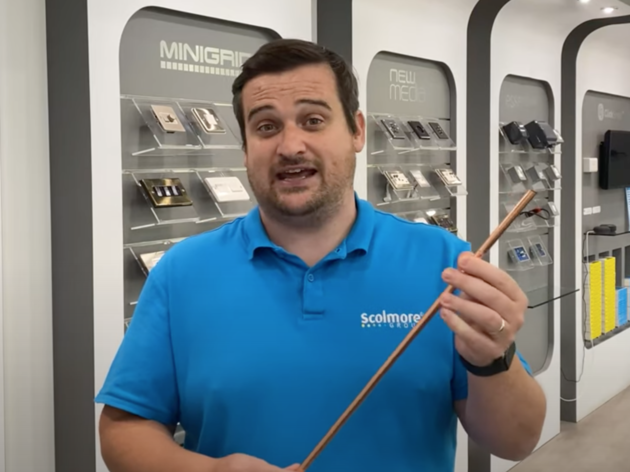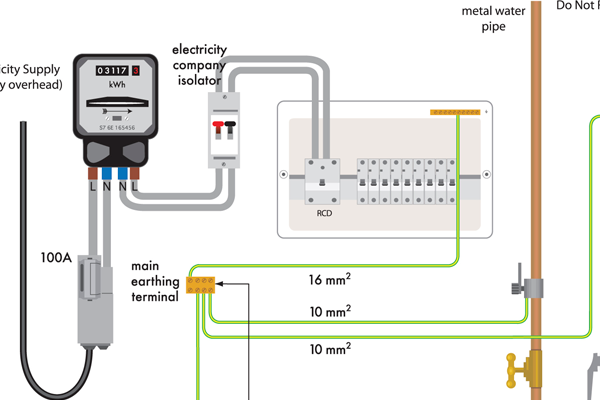JTL launches free, bite-size course on Earthing and Bonding
Leading, work-based training provider, JTL continues to support the changing needs of electricians with the launch of its latest, free bite-size digital course, An Introduction to Earthing and Bonding. The free course is offered as part of JTL’s Power Up series, a digital initiative which offers free advice and educational resources to individuals working within the building services engineering sector. Developed with the recent changes in earth bonding regulations in mind,…






